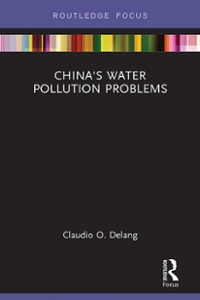Question
1. How does a tariff imposed by a large country differ from a tariff imposed by a small country?A. The large nation can just buy
1. How does a tariff imposed by a large country differ from a tariff imposed by a small country?A. The large nation can just buy up foreign producers if the foreign producers don't like having atariff imposed.B. Because of its size, the large nation's tariff not only decreases the quantity demanded of theproduct but may also reduce the world price of the good.C. If a large nation imposes a tariff, that government gets more revenue.D. If a small nation imposes a tariff, that government gets more revenue.E. It may not have any effect at all in the large country, since its consumers have so many otherchoices.2. Assume that labour is the only factor of production and that wages in Australia are $17 per hour while wages in Japan are $10 per hour. Australia can have a cost advantage in a good if ___________.A. Japan's labour productivity equalled 30 units per hour and Australia's 35 units per hourB. Japan's labour productivity equalled 15 units per hour and Australia's 20 units per hourC. Japan's labour productivity equalled 10 units per hour and Australia's 15 units per hourD. Japan's labour productivity equalled 5 units per hour and Australia's 10 units per hourE. None of the above is correct.3. Use the Table below to answer Question 3:The above table illustrates factor content of U.S. exports and imports for 1962. Which of thefollowing statement is true according to the above table?A. There is evidence supporting the Heckscher-Ohlin model.B. It shows that U.S. exports were more capital intensive than its imports.C. It shows that U.S. is a capital abundant country.D. It shows that the U.S. produces outside its PPF.E. None of the above is true.4. The gravity equation uses a calculation to predict the level of bilateral trade based directly on ____and inversely on _____.A. wages; technologyB. size of the countries' GDP; the geographic distance between the countriesC. technology; their openness to tradeD. the percent of the countries' GDP in manufacturing; their level of tariffsE. the growth rates of the countries' GDP; their openness to trade

Step by Step Solution
There are 3 Steps involved in it
Step: 1

Get Instant Access to Expert-Tailored Solutions
See step-by-step solutions with expert insights and AI powered tools for academic success
Step: 2

Step: 3

Ace Your Homework with AI
Get the answers you need in no time with our AI-driven, step-by-step assistance
Get Started


